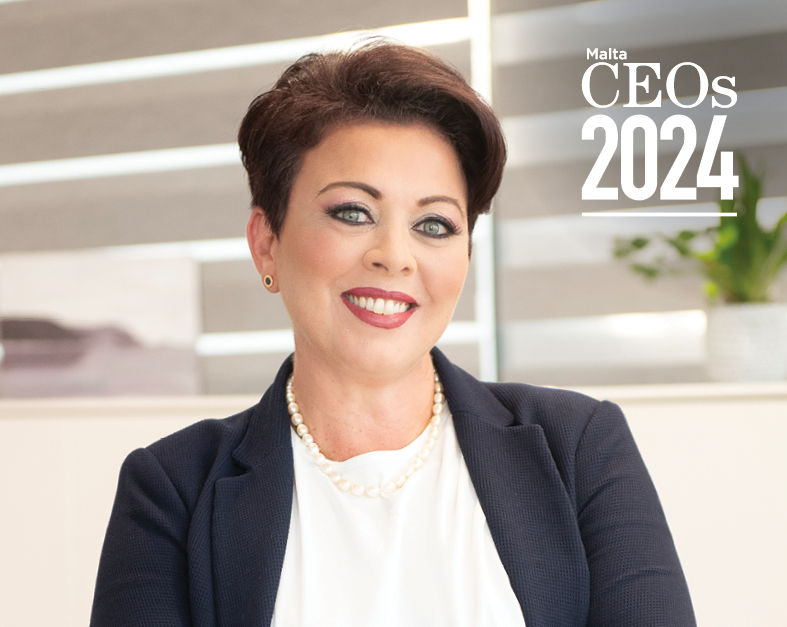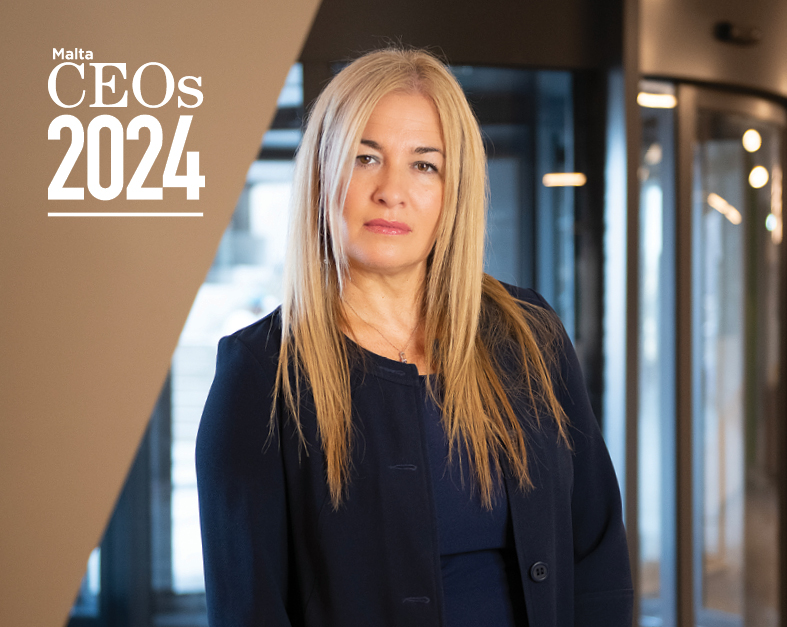I was recently invited to breakfast in a restaurant at The Opus Omniyat, designed by Zaha Hadid. Besides the amazing architecture and structural engineering of the building, I was struck by the idea that a ‘hollowed out’ building loses a vast amount of floor space, which in central Dubai goes at such a premium, that the rest of the space must have huge value for the building to be viable.
This led me to explore “Subtractive Enhancement” in more detail as a value-shifting philosophy. The architectural idea behind subtractive enhancement is that by removing parts of a ‘cube’ shaped building, you improve sunlight, airflow, aesthetic design and ultimately, the quality of life of people in the building, as a trade-off to the loss of floor space. In the opposite ‘Additive Enhancement’, the increasing of floors, footprint, functionality and features are added in order to increase value.
A recent study of Harvard business graduates, arguably some of the top brains in business, showed how much our brain works in additive enhancement mode. The executives were asked to fix an unstable model of a bridge built with Lego bricks, and every one of them added blocks to reinforce, support or strengthen the bridge.
The actual solution, however, was to remove bricks from the structure to stabilise it! Managers and leaders have a compulsion to add stuff to increase value, when counterintuitively, subtraction can be a much better way of adding value. We add complexity, increase product and service options, bolt on more features and spread our resources thin by doing too many things at once. The need to be busy pushes us to keep creating new things even before the dust has settled on current accomplishments. It’s a hamster wheel we just keep trying to outrun!
We need to rethink this, but it’s extremely difficult because it’s how our brain is wired! I love the Buddhist way of explaining that to get a river to flow faster, you need to remove the rocks causing turbulence. Our brain, like the river, can only enter a Flow State when we are focussed and single-minded, i.e. we need to remove distractions, self-limiting thoughts, our ego and our feelings of guilt to raise our game and be more effective. Subtractive enhancement of the mind?
We had the pleasure of listening to Daniel Pink at the recent Vistage Worldwide, Inc. chairworld, who revisited a ’time management’ concept that I had been using in my life for some time. Every year I work with my Vistage members to determine where they will put their energy in the coming weeks and months, in order to achieve their goals. Essentially, I ask them to list all the low-value activities, frustrating timewasters and things they hate doing down on paper titled: ‘Your Not To Do List’. The principle that to ‘do less you achieve more’, which features the use of a ‘not-to-do list’ (Daniel uses the To-Don’t List) is an eye-opener, especially when challenged by the group. Remember, we have a compulsion to put stuff ON our To Do list, not remove items. We feel as though we are passing the buck or shedding responsibility. Not so… The goal is to consistently move the low value items from my ‘to-do list’ to my ‘not-to-do list’, either by delegation, outsourcing or simply not doing anymore (saying no!).
The additive nature of managers and executives today is to ‘do more’ to add value. Sell more, grow more, diversify more, increase complexity and moving parts. I found this to be an impossible route to financial freedom and work-life balance.
My subtractive approach frees up precious time for me to spend more of it on high value activities, like thinking, reading, taking care of my health, nurturing quality relationships, designing business strategies and coaching my team. It’s tough to do because ‘stuff’ needs to get done, however the goal is to progress consistently over time, starting with baby steps. The main obstacle is the ‘attachment’ that we have to being busy (falsely equated to being productive) and being judged for sitting still and doing ‘nothing’ (because ‘thinking’ can’t be seen).
As I get older, I realise the things I need are not the things I wanted when I was younger. I prefer simplicity, understatement, quiet and few meaningful friends… generally ‘less’.
Maslow explained with his pyramid of needs, which is incidentally also thinner at the top, that we must seek ‘psychological needs,’ followed by ‘safety,’ ‘belonging and love,’ ‘social needs’ or ‘esteem,’ ‘self-actualisation’ and finally, ‘transcendence’. These seem to be scaling up in value, as long as the preceding need is met and can be built upon.
However, with the changes in society going on, driven by increased wealth and creature comforts, wellness and healthcare, and a more enlightened and educated population -at least on paper -many of our children haven’t experienced the tough situations our grandparents faced. Take the family home. For example: for our grandparents, rebuilding after the war was simply a case of having a roof over your head with adequate heating. Their children, the baby boomers, wanted more space so they could socialise and create like-minded neighbourhoods. Their children wanted their own room as independent thinking became the norm, needing more space for entertainment and outdoor activities. To afford it, they moved out to the suburbs so the space per $ balanced out. The next generation on the other hand, tried their best to reduce commuting time in order to maximise free time for other activities. Many moved into the city and paid more, to improve work lifetime balance. They rented property because they wanted the freedom to move with their job, hoarding less material possessions.
Then, the pandemic showed us that we can work remotely, so you can avoid the commute entirely, and people started to move back out of the city – not just to the suburbs – but to another country! And the latest trend of the digital nomad lifestyle, with no ‘typical’ home ownership or even rent to speak of, is that of living in a converted van or barge.
To me this is ‘Subtractive Enhancement’ meets ‘Maslow’s hierarchy of needs’. It certainly solves the ‘time-is-money’ paradox in many ways, by focusing on the creation of value of time vs. the cost of time. It shifts busyness to value-added work and it stops the guilty feeling that is often a key driver of our everyday activities.
As CEOs we must focus our business strategies on quality vs quantity, specialisation vs generalisation and relationships vs transactions. We need to spend more time with peers and aim to give more than take. I guarantee you will achieve more with less stress.
As we move up in life, we tend to focus more on intangible benefits, such as our health and mind, spirituality and personal development, and move away from materialism and status. That is, until something drastic knocks us down the pyramid, where we lose all our livelihood, our health or our loving relationships. This sends us tumbling down to basics that may require us to reprioritise our time and effort; arguably with a little more wisdom the second time around. However many disruptions can be prepared for, as long as you can ‘get out of the weeds’ for long enough to think about the future.
Leaders, what is your relationship with ‘rest’?
Understanding our attitudes and behaviours around rest can empower us to learn how to rest in a way that prevents ...
Say goodbye to your 60-hour work week
7 tips to stop business leaders from overworking.
Reach new heights: 6 key strategies to accelerate business growth
Growth is an ongoing process that business leaders have to work hard towards and be patient with.
Embracing change – My journey beyond the comfort zone
The comfort of routine can dull the spark of innovation and can dampen the spirit of growth, leaving both oneself ...











